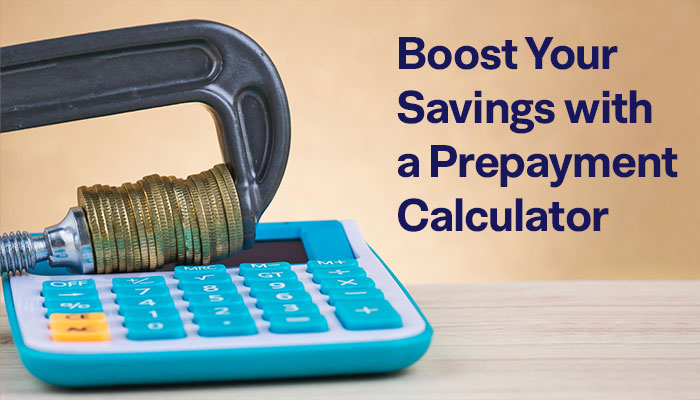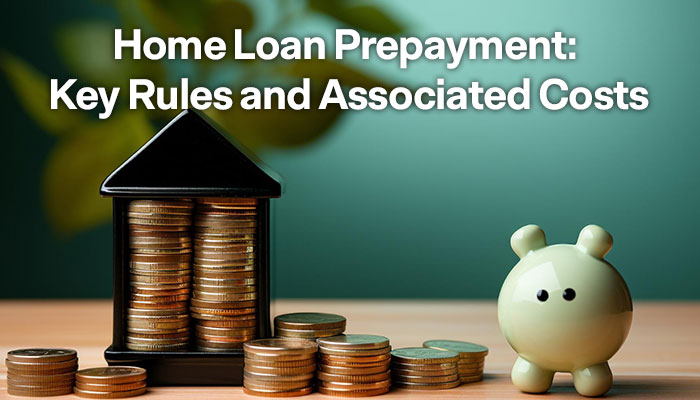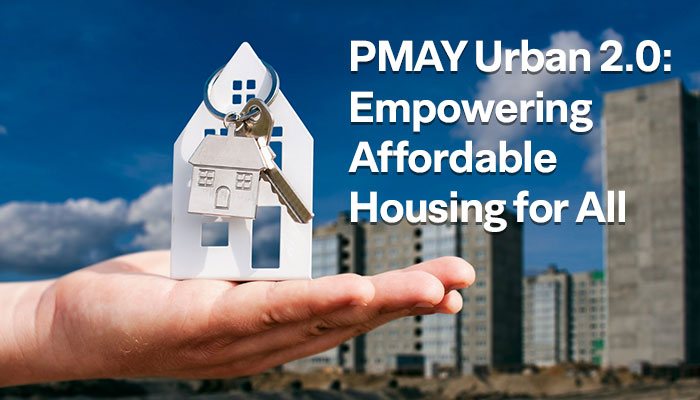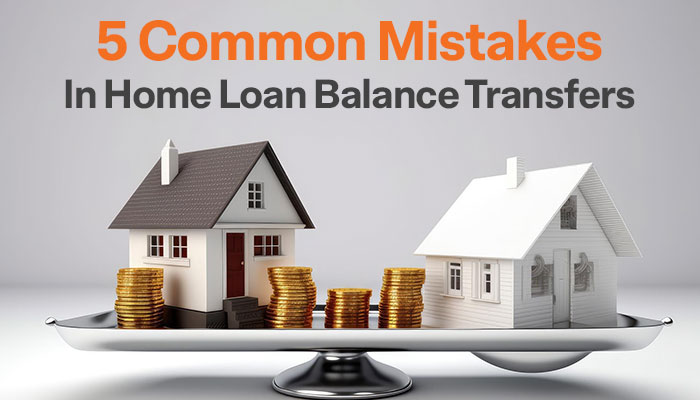What is a Conveyance Deed? Meaning, types and objectives
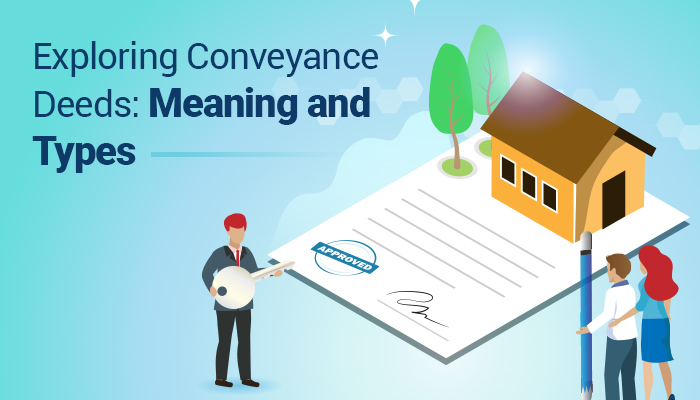
When buying a new home, the documentation aspect can be a bit tricky, especially if you are a first-time home buyer. Having an understanding of home loan terms, different types of documentation and how they operate are crucial to safeguard one’s interest and avoid any future legal hassle. One such document is a conveyance deed. Let’s explore the conveyance deed in detail.
What is a Conveyance Deed?
Let’s start the discussion by understanding the meaning of a conveyance deed meaning. A conveyance deed is a legal document that transfers the ownership of the asset from one party to another. The conveyance deed ensures that the property directly goes from buyer to seller without having any intermediaries involved in the process like trustees or mortgage companies.
Different types of Conveyance Deeds
Following are the different types of conveyance deeds:
- Mortgage Property Conveyance Deed: The mortgage property conveyance deed is meant for dealing with the mortgaged properties. Through this deed, the buyer has the right to access their property from time to time and access the premises and the building.
- Leasehold Property Conveyance Deed: A leasehold property conveyance deed deals with the properties that are on lease. Through a leasehold conveyance deed, the owner gets the right to enjoy doing anything within the four walls of the property. However, they shall not have any right to the external structures and the landlord shall continue to remain the owner of such structures and common areas.
- Gift Deed: Gift deeds are a type of conveyance deed whereby the property can be legally transferred as a gift without entering any monetary transaction.
- Freehold Conveyance Deed: A Freehold conveyance deed deals with the properties that are declared as freehold by any authority. Using this deed, the state or the development authority can convert the status of any property into freehold. Through this, the buyers get the full authority to enjoy the property.
- Exchange Deeds: Exchange deeds can be entered into by both parties whereby they can agree to exchange the ownership of their respective properties.
- Will Deed: Wills are created by the owner of the property to transfer the same to the legal heirs in the way mentioned in the deed. This will deed comes into effect after the demise of the will holder. This acts as a deemed conveyance for the recipient.
Contents of the Conveyance Deed
A registered conveyance deed is a detailed document that encompasses all the crucial information relating to both parties, the property, and the terms of the transaction. Once the deed is prepared, you can proceed with the conveyance deed registration through an advocate. Here are some of the crucial elements of the conveyance deed:
- Details of the buyer and seller: This includes their names, addresses and occupations
- Property Details: This includes the location of the property, measurements, boundaries and the type of property.
- Terms and Conditions: This involves all the terms and conditions surrounding the transaction.
- Price and Mode of Payment: This includes the price at which the transaction is executed as well as the mode of payment.
- Indemnities: This includes the status of the property like occupancy status, pending dues clearance etc.
- Signatures: This includes the signatures of both the parties and the witnesses
- Execution Date: This includes the date and place at which the agreement was entered into.
In a Nutshell
A registered conveyance deed is an important document for any type of property transaction. It is crucial to carefully read the terms and conditions of the conveyance deed before proceeding with the transaction. If you are buying a home for the first time, then you should buy from trusted sources to ensure transparency in the purchase and home loan process.
IIFL Home Loans has been the trusted financing partner in helping people fulfill their dream of buying a home. With simple home loan procedures, flexible terms, faster processing and affordable home loan interest rates, it has remained the borrowers’ choice, especially when buying a house. In case you already have a home loan, then the home loan transfer process is simple and fast with IIFL Home Loans.
You can even know the EMI amount before applying by using the IIFL Home Loan EMI calculator. You just need to enter the loan amount, tenure and home loan interest rate to get the accurate amount of EMI you will need to pay each month as well as the total interest outflow. Start searching for your dream home now.
FAQs
Q1: What is the objective of the conveyance deed?
The objective of the conveyance deed is to facilitate the transfer of property between two persons. It ensures that the property is legally transferred along with appropriate documentation.
Q2: What are the different types of conveyance deeds?
Some of the most common types of conveyance deeds include mortgage deeds, freehold deeds, leasehold deeds, gift deeds, exchange deeds etc. The type of deed that will be executed depends upon the type of transaction being entered into by both parties.
Q3: What are the documents required to prepare a conveyance deed?
To prepare the conveyance deed, you need the property details, complete details of the persons entering the transaction, stamp paper, certificates like commencement certificate, occupation certificate etc. etc.
Q4: Is the conveyance deed and sale deed the same?
Conveyance deed and sale deed are different. A sale deed is a legal document that shows the sale of the property while the conveyance deed is for the transfer of the property, whether with or without consideration.
Q5: Can a conveyance deed be cancelled?
The conveyance deed can be cancelled as per the terms set out in the agreement.
Tags
Disclaimer: The information contained in this post is for general information purposes only. IIFL Home Finance Limited (including its associates and affiliates) ("the Company") assumes no liability or responsibility for any errors or omissions in the contents of this post and under no circumstances shall the Company be liable for any damage, loss, injury or disappointment, etc. suffered by any reader. All information in this post is provided "as is", with no guarantee of completeness, accuracy, timeliness, or of the results, etc. obtained from the use of this information, and without warranty of any kind, express or implied, including, but not limited to warranties of performance, merchantability, and fitness for a particular purpose. Given the changing nature of laws, rules, and regulations, there may be delays, omissions, or inaccuracies in the information contained in this post. The information on this post is provided with the understanding that the Company is not herein engaged in rendering legal, accounting, tax, or other professional advice and services. As such, it should not be used as a substitute for consultation with professional accounting, tax, legal or other competent advisers. This post may contain views and opinions which are those of the authors and do not necessarily reflect the official policy or position of any other agency or organization. This post may also contain links to external websites that are not provided or maintained by or in any way affiliated with the Company and the Company does not guarantee the accuracy, relevance, timeliness, or completeness of any information on these external websites. Any/ all (Home/ Loan Against Property/ Secured Business Loan/ Balance Transfer/ Home Improvement Loan/ NRI Home Loan/ Home Loan for Uniformed Services) loan product specifications and information that may be stated in this post are subject to change from time to time, readers are advised to reach out to the Company for current specifications of the said (Home/ Loan Against Property/ Secured Business Loan/ Balance Transfer/ Home Improvement Loan/ NRI Home Loan/ Home Loan for Uniformed Services) loan.
 Login
Login






